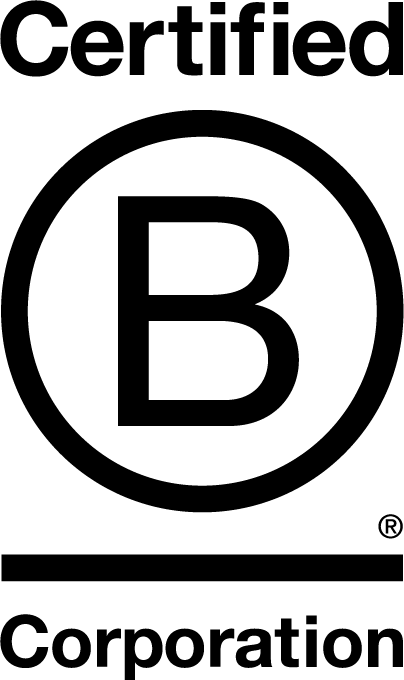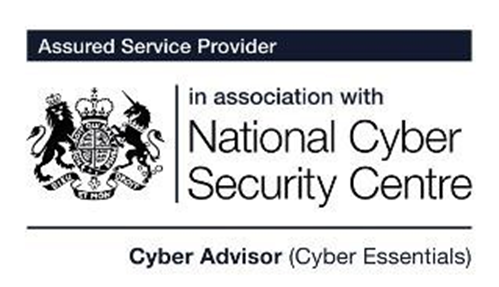Businesses frequently encounter IT challenges, and proactive support is key to overcoming these hurdles. In this blog post, we’re going to briefly examine some common IT support issues as well as how you could resolve them.
Defining IT Support and Its Objectives
IT support as a whole is comprised of a range of services and products designed to help support the way a business operates. This includes everything from addressing day-to-day tech issues to more complex services and systems such as cloud computing or cyber security.
Usually, IT support falls broadly into one of two categories: in-house and outsourced. In-house IT support is where a business spends its own time and resources finding, interviewing and investing in an internal IT team. They will be on your site during the same hours as the rest of your team, focusing solely on your business.
Outsourced IT support is where you engage the services of an external provider to act as your dedicated IT team. These external providers come armed with the best talent, equipment and capabilities, all without the need to hire staff and invest in equipment yourself.
Varying capacities aside, the object of IT support is to help your business function, keeping your digital systems up and running and making sure you’re able to take advantage of the latest tech.
Common IT Support Challenges
There are arguably three main challenges when it comes to establishing effective IT support: resources, organisation and skills.
Resources
Founding and building an IT team is expensive, very expensive. Unfortunately, cutting corners isn’t an option here. Poor investment in shoddy resources for your IT support team will directly impact the performance of your business as a whole. Think of it like asking a mechanic to get your car back on the road but only giving them a plastic spanner; it’ll probably take them a while, if they manage it at all. Making sure your IT team has everything they need is hugely important.
Organisation
Another common challenge is organisation. Making sure your IT support team sits in the correct position within your internal structure and they can communicate effectively with other branches of the business is vital. Getting it wrong will leave them isolated and ineffective. For IT support teams with multiple members, you should also spend some time determining internal roles including descriptions and responsibilities to make sure you have all the skills onboard that you need and to ensure healthy oversight.
Skills
Finding the skills you need can prove tricky too. Internal teams are limited to the skillsets of a handful of people; the fewer the people, the fewer the skills. A key step to overcoming this is careful hiring processes and frequent upskilling. However, skilled employees rarely come cheap, so offering the right compensation is vital.
At this point it would be remiss of us not to point out that these problems only really apply to in-house teams. Hiring a trusted managed IT support provider, like Optimising IT, will help you overcome all three of these at once.
The Role of IT Support Managed Services In Effective IT Support
Managed IT services are the crème-de-la-crème of IT support services and come with a host of benefits.
| Managed Services | In-House | |
| Well-equipped | YES | ? |
| Skilled | YES | ? |
| Organised | YES | ? |
| Cost-effective | YES | X |
Managed IT support services are the key to unlocking your business’s potential, and providers will be armed to the teeth with all the skills and equipment they need to take you to the top.
Solutions To The Problems IT Support Teams Face
While the solution to each problem faced by IT support teams will differ on a case-by-case basis, there is a general structure that can be followed to guide you through the process.
IDENTIFY THE PROBLEM
Before you can address the issue, you first need to determine what it is. Using data, reporting or even customer feedback, find out what you’re dealing with.
GATHER INFORMATION
Once you know what your issue is, learn as much as you can about it. This should include what caused it if possible. Knowledge is power; the more information you can gather the better.
OUTLINE POSSIBLE SOLUTIONS
Begin to brainstorm potential solutions. At this stage, no ideas are bad ideas, you just want as many possible fixes as you can muster. Having a broader selection to choose from will give you backups in case your first attempt doesn’t work.
EVALUATING RESULTS AND MAKING CHANGES
Now your solution has been actioned, it’s time to learn from it. Determine what led to the issue and how it can be prevented from recurring. If necessary, alter how you work to mitigate problems in the future.
SELECT THE BEST SOLUTION
With a list to choose from, the next step is to select the one you think is most likely to provide both a long and short-term fix. Once you’ve chosen, implement it.
Address Your IT Support Challenges with Optimising IT
Optimising IT is an established and trusted provider of outstanding IT support services. Supplier to a number of leading names, we can help transform your IT support with our managed services.
We’ll act as your dependable IT support team, there for you whenever you need us, without the challenges or expense of founding an in-house team. To learn more about how we can take your IT support from a headache to a dream, just reach out to our friendly team.
You can call us on 01242 388530, email us at [email protected] or fill out our contact form here.












